Image: Visual China
As the Beijing Winter Olympic Games nears and more young adults are hitting the ski slopes, the ski market in China is also experiencing massive growth.
During the 2022 New Year vacation, young people flocked to ski resorts in North China, dressed in fancy ski suits and equipped with dashing ski gear, looking to capture moments of skiing that can be uploaded to social media.
On Chinese lifestyle platform Xiaohongshu, search entries that involve the keyboard ski have almost doubled since the onset of the winter.
Many ski resorts have witnessed a surge in visitors when compared with previous years. Chongli, the 2022 Winter Olympic Games venue, has seen local hotel prices soar to 23,000 yuan, almost as high as the prices during the Chiese New Year. As of October 2021, 346 million people in China engaged in ski-related activities, according to data from the National Bureau of Statistics.
The increasing popularity of skiing also boosts the sales of ski equipment. In December 2020, the sales volume of ski equipment had increased by 13 times year-on-year, according to the 2020 Winter Lifestyle Trend Report jointly released by CBNData and Tmall Sports. Emerging Chinese brands such as NANDN, Vector and Nobaday made it into the top ten list of Gen Z’s favorite ski equipment brands.
A lucrative marketCommon ski equipment includes ski wear, snowboard, snowshoes, snowboarding helmet and snowboarding glasses. Ski lovers would generally purchase their own equipment of professional ski brands like K2, Burton and Nitro, as well as luxury brands such as Dior, LV and Balenciaga. Many ski wears could cost up to 8,000 yuan. Some ski lovers enjoy collecting top-notch ski equipment.
Many people at ski resorts are only tourists who ski for curiosity rather than exercise. In China, 78% of ski activity participants are one-time learners. However, skiing as a sport has taken the center of the stage as the Beijing Winter Olympics helps popularize it. In 2019, China already had 770 ski venues of different sizes.
Ski equipment is also becoming more affordable. A complete set of ski gear can be easily found at the sports equipment chain store Decathlon. “People who are new to skiing are not advised to purchase the expensive equipment. You can just rent things like snowboard,” Serina, a skiing lover said. “For people who are going to ski for the first time, they can purchase snow wear such as ski suit, gloves, socks and glasses. It will cost you around 2,000 yuan.”
High-end ski lovers and pros contribute to the premium ski market while tourists generate revenue for the overall market. According to the Development Plan for Winter Sports (2016-2025) from the General Administration of Sport of China, the country is planning to grow its winter sports market to a scale of one trillion yuan and get 300 million people to engage in winter sports activities by 2025. As of late November 2020, there were over 5,000 businesses related to skiing in China, according to statistics from enterprise record platform Qichacha.
Image: Visual China
A market in its early stageThe ski market seems to be growing fast in China but most people who have skied are only one-time consumers. The rate of conversion from one-time consumers to actual ski lovers is less than 1%, much lower than the 5% conversion in mature markets.
In the United States, around 55 million people would go skiing every year, according to statistics from Snow Sports Industries America. In 2016, the retail volume of personal ski equipment in the United States was US$4.3 billion. Ski clothing contributed 65% of the retail revenue. In comparison, the retail volume of personal ski equipment in China in 2018 was 3.2 billion yuan.
It is apparent that the ski market in China is still relatively immature compared with mature markets in advanced countries. However, there is huge potential.
Skiing tyros and people living in South China represent massive growth potential.
In China, 80% of tourists who have tried skiing are new to the sport, while 90% would ski once or twice a year, Chinese online traveling platform Ctrip’s director Zhang Yi said. In 2020, eight of the top ten snow tourism consumer origin cities were cities in shouthern China, according to the 2020 China Snow Tourism Consumer Report.
The Chinese ski market is the only ski market across the globe that has been boasting fast growth in the past five years, according to the 2021 Global Ski Market Report. Statistics from the General Administration of Sports show that as of early 2021, there were 654 standard outdoor ski resorts and 803 indoor ones in the country, up 317% and 41% respectively from 2015. More people are trying out skiing. The 2020 China Ski Industry White Paper shows that skiers in China grew year-on-year by 98.66% during May 2020 and April 2021.
The increasing popularity of indoor skiing also stimulates the industrial chain. As more indoor ski resorts appear, the sales of snowmaking machines have also been expanding on e-commerce platform Taobao. Major cities like Guangzhou, Chengdu, Anji, Hangzhou, Shennongjia and Wuxi are big consumers of snow-making machines.
Social media have been utilized by businesses to promote snow sports in China. Skiing is trending on TikTok’s Chinese sister app Douyin, Kuaishou and Xiaohongshu. New brands such as Vector and Nobaday are working with popular influencers online, sponsoring them to go skiing and promote the sport through cool images and videos.
Overseas brands are entering the Chinese marketThe booming ski market in China attracts overseas brands, whose interest in the regional market is reflected by the increasing number of physical outlets and market campaigns.
The differing marketing strategies are determined by a different understanding of a market and consumers’ understanding of outdoor sports, Liang Xiazhun, the CEO of Helly Hansen Great China said in an interview with lifestyle media Luxe. Chinese consumers are new to skiing. Therefore, overseas brands mostly market themselves as an outdoor sports brand to reach a broader audience.
Ski wear and gear maker Burton, for example, would emphasize how their products can be used on different occasions and seasons. It launches clothing lines for all four seasons. Besides winter clothes such as sweaters and jackets, Burton also sells clothing for spring, summer and autumn in China. In addition, Burton is working to reach consumers other than skiers. Burton will focus on clothing in China as the brand wants Chinese consumers to wear its clothes to go skiing, camping and hiking, Burton China’s CEO Craig Smith said.
Fashion is another marketing direction for ski brands. Besides brands such as Bogner, Peak Performance and Volcom that are already marketed as fashion brands, Helly Hansen is also promoting itself as a fashion brand in the ski sport. The brand had set up a research and development center in Seoul to tap into the Asia Pacific market. Helly Hansen is hoping to develop ski wears that better fit Asian bodies and match Asian aesthetics. Burton, on the other hand, tries to enhance its fashion element by collaborating with other fashion brands and fashion influencers. Bogner for example has popular Chinese actor Yang Yang as its brand ambassador in China. The brand also works to increase its exposure on Chinese lifestyle social media such as Xiaohongshu.
Image: Burton
High-end outdoor brand Arc’teryx, after two decades of presence in the Chinese market, continues to work on its brand awareness. In September 2021, Arc"teryx set up a store at Plaza 66 in Shanghai, becoming the first outdoor brand to enter the luxury shopping mall. It is said that Arc’teryx is trying to position itself as a luxury brand in China.
In addition, ski brands market themselves as environment-friendly brands that promote sustainable development. Overseas ski brands and outdoor equipment brands that entered China in 2021, including Adidas TERREX, Icebreaker and Marmot, would highlight that their products use environmentally friendly materials in their commercial campaigns.
Overseas brands seem to focus more on consumer education in China as an overwhelmingly majority of Chinese consumers are novices to snow sports. Besides using influencers on social media platforms like Xiaohongshu, overseas brands would also make content that introduces snow sports and snow sports courses. Burton, for instance, releases a “Snow Sport Dictionary” that educates consumers about snow sports, including content like beginners’ guide for skiing, a guide for picking a snowboard and ski resort 101. Arc’teryx provides courses and activities that teach about the skiing environment. Helly Hansen, on the other hand, offers courses on the maintenance of ski wear.
Outdoor sport and snow sport brands’ marketing strategies are mainly based on social media and offline experiences. In 2021, Descente set up two big brick-and-mortar outlets in Shanghai, one of which is a flagship store located at the Super Brand Mall. The flagship store covers an area of 700 square meters and provides interactive experiences. The opening of Descente’s flagship store at the Super Brand Mall marked the launch of the brand’s social club D-Mover Club. Descente aims to set up D-Mover Clubs in major cities in China and organize social activities and events through the clubs for their members. Burton opened a limited experience shop at SKP-S in Beijing during the winter season in 2021. The brand also makes use of social media marketing to attract people interested in snow sports to its Burton Club. The club organizes activities like skiing and exhibition to foster consumer loyalty to the brand.
Image: Burton X THE SLOPE
The challenges that overseas brands faceOne challenge that overseas brands face is consumers’ limited budget for ski equipment. A whole set of ski equipment, including snowshoes, ski wear, equipment and accessories, would cost at least a couple of thousand yuan. If consumers wish to purchase the equipment from overseas brands, the cost will increase by several times. Statistics from the 2021 Chinese Young Adults’ Participation in Snow Sports Report show that although the Beijing Winter Olympic Games has piqued people’s curiosity in snow sports, 88.5% of young adults in China will only spend less than 1,000 yuan on snow sports on average. Not that many people are willing to spend a lot of money on skiing.
The fact that most skiers are only one-time consumers also presents a challenge to ski brands from overseas. According to the 2020 China Ski Industry White Paper, 77.4% of skiers are one-time beginners, while only 3.5% of skiers have skied over 11 times.
One-time consumers of ski activities tend to purchase entry-level equipment from Chinese ski brands or simply rent equipment at ski resorts. This means that although there are more and more people playing snow sports it is early to say that the number of consumers of ski-related products is also surging. It remains uncertain whether overseas brands can secure large market shares in the Chinese market during their competion with local brands.
Luxury brands’ entry into the Chinese market further squeezes specialized ski brands. Luxury brands such as Chanel, Prada and LV have also launched their ski wear and equipment, ranging from ski glasses, ski jackets and snowshoes. Luxury brands have made their own innovations on ski products, including their functionality and materials, serving young adults’ demand for utility and fashion. Besides rolling out their own ski collection, Fendi and Burberry have also launched a series of marketing activities to promote their ski products. Fendi, for example, has moved its Fendi Caffe to the tourist resort at Changbai Mountain in North China. Burberry has opened a limited boutique shop in the Songhua resort in Jilin Province.
The lack of proper ski venues, infrastructure and training also pose obstacles for overseas brands in their attempt to attract consumers as people sometimes find it difficult to travel to ski resorts or have a satisfying skiing experience.
The 2020 China Ski Industry White Paper shows that as of late 2020 only one-fifth of ski resorts in China had aerial tramways. Most ski resorts in the country focus on catering to skiing tyros instead of hardcore skiers.
Many ski resorts are located in remote areas where transportation is inconvenient. This hampers people who are interested in skiing from trying out the sports.
Despite the market size, the ski industry in China is far from mature. The Beijing Winter Olympic Games can surely make more people become interested in snow sports, but it remains unknown whether such interest can be converted into long-term consuming power. Overseas ski brands’ future in the Chinese market is very much determined by how far the ski industry in China can go.
关键词: English










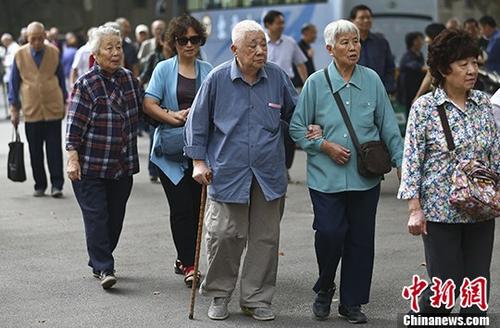










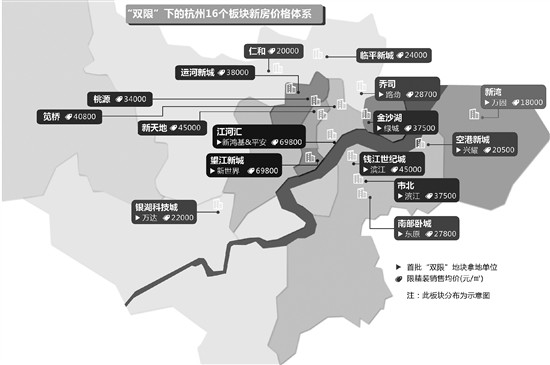















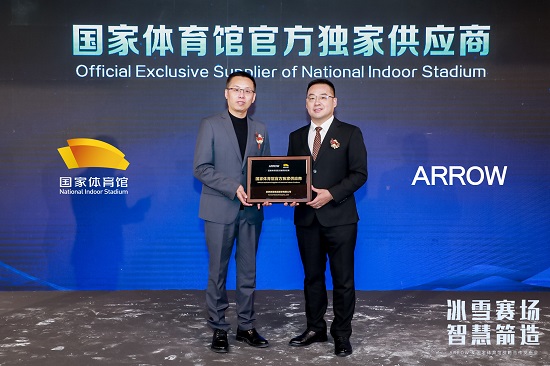

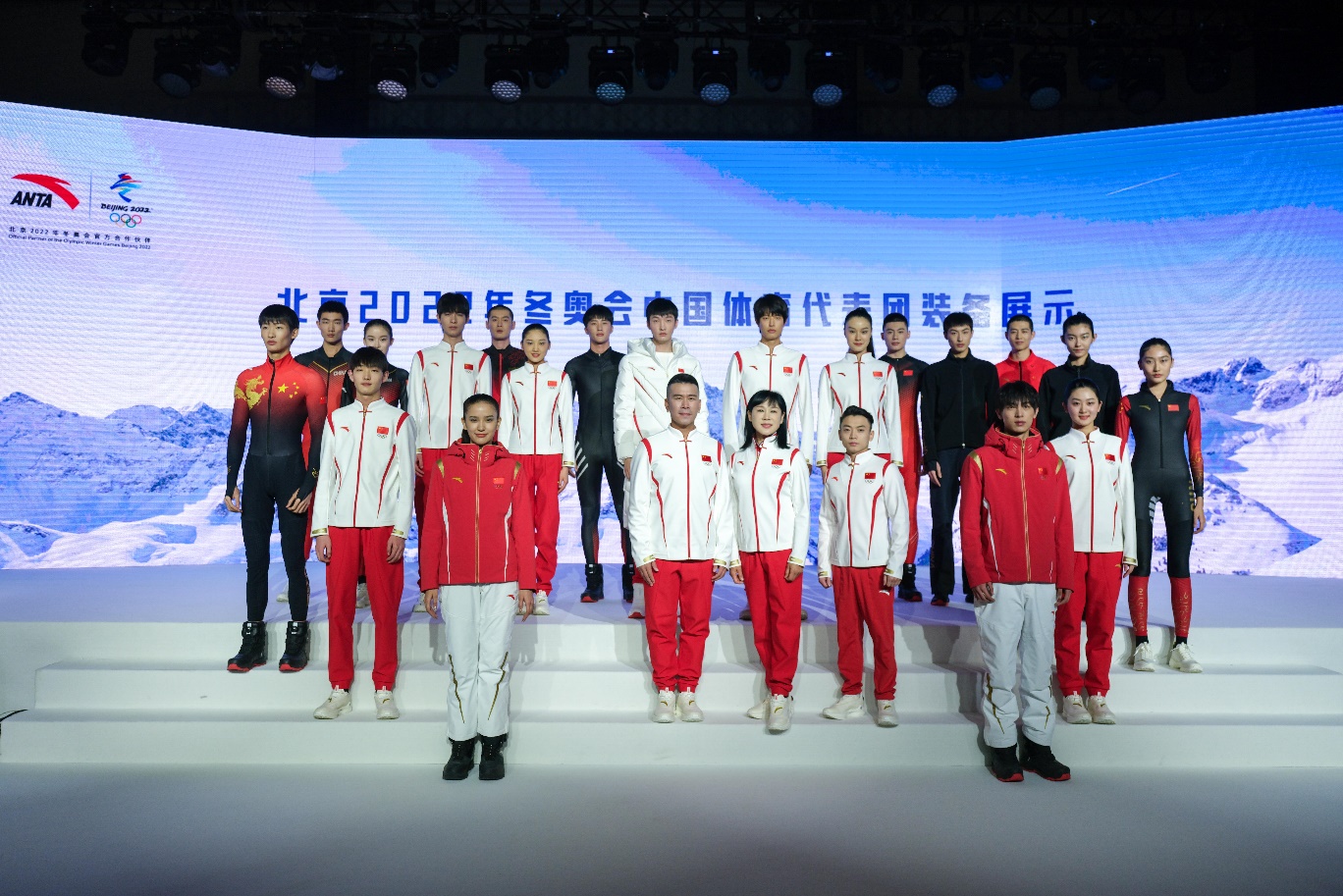



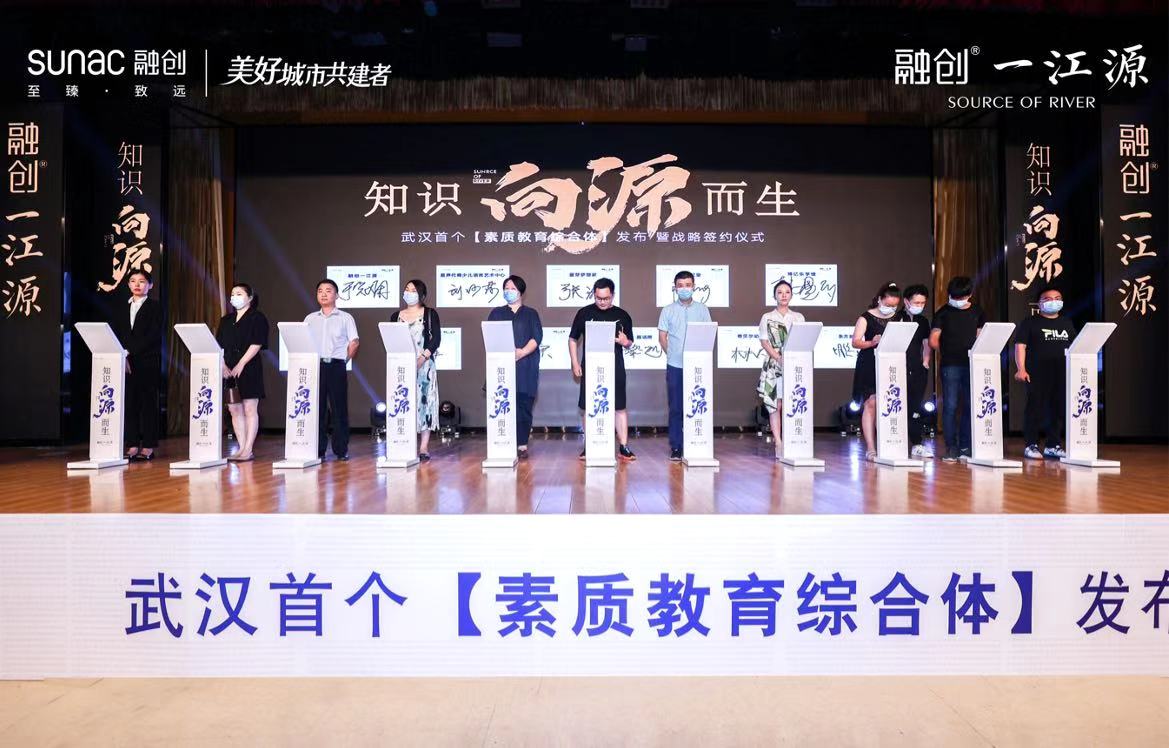
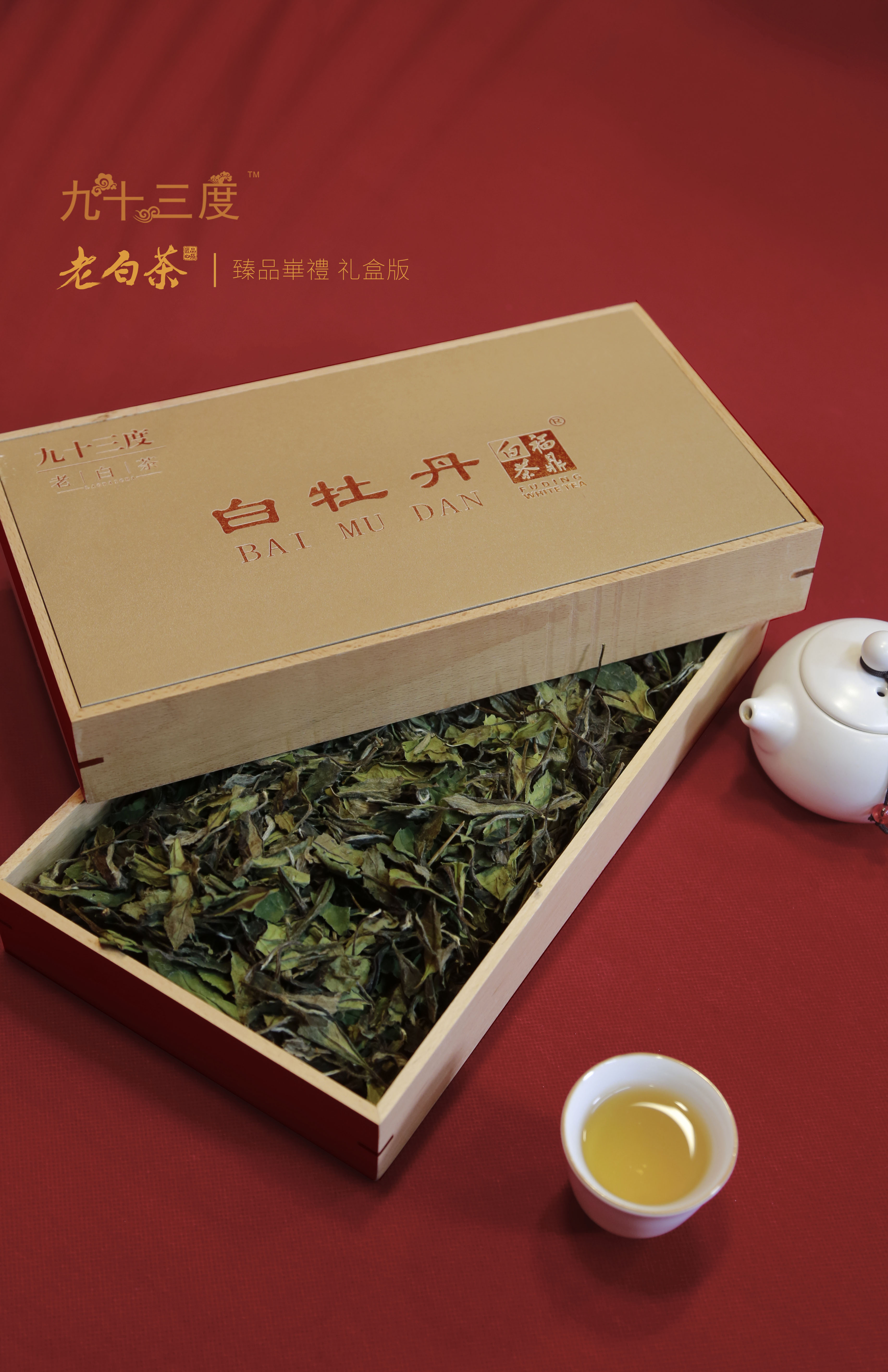













 营业执照公示信息
营业执照公示信息